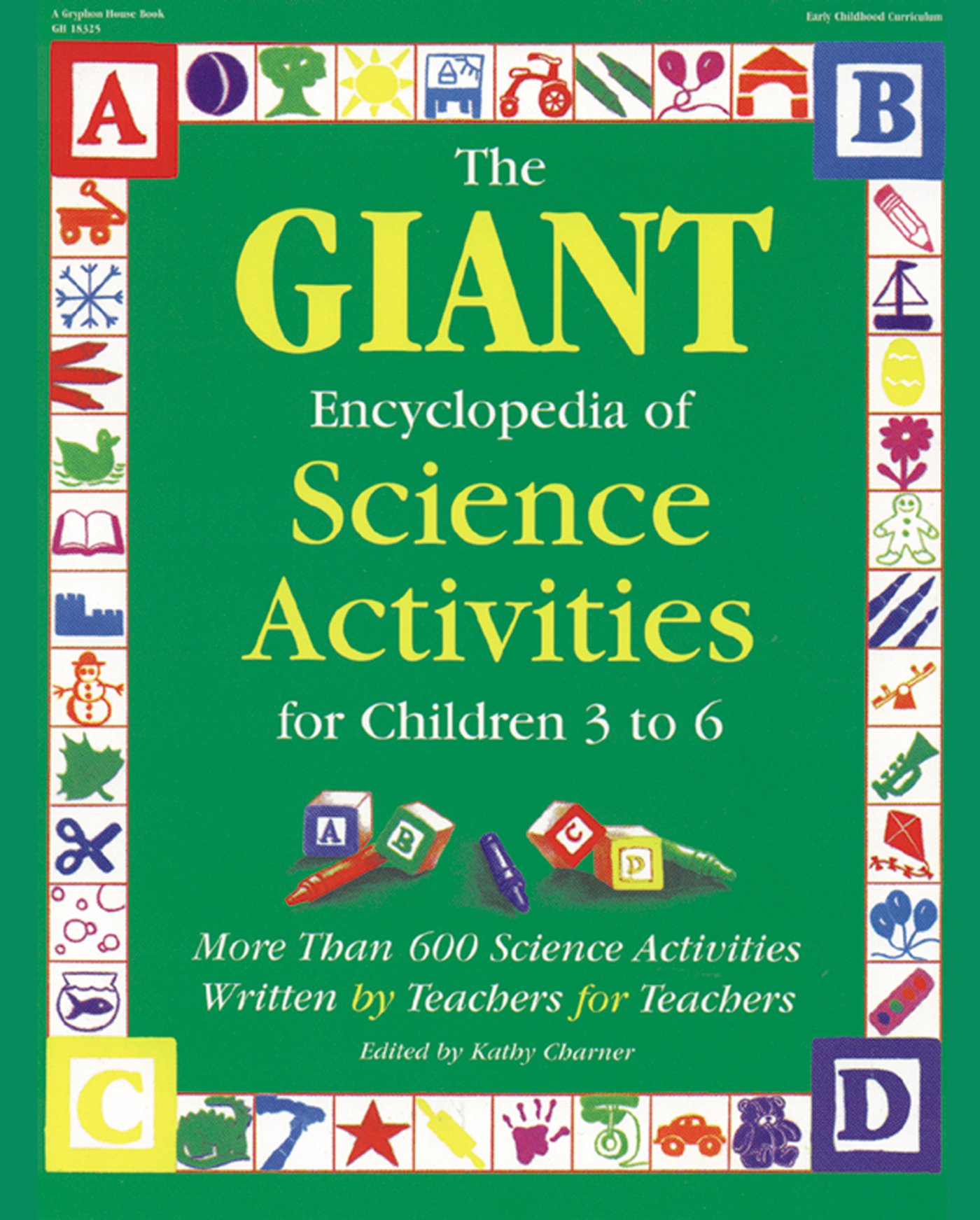Materials
Sand
Bucket
Red and beige construction paper
Instructions
1. Ahead of time, fill a bucket or bin with sand. Cut about 30 half-inch (13 mm) squares from the construction paper, 15 of each color.
2. Talk with the children about how in nature, plants and animals blend in with their environment. This is their protection from predators.
3. Show the children the red and beige squares. Count them so the children see that there is an equal number of each. Then mix the squares up in the sand.
4. Set a timer for one minute. Children sift through the sand and try to find the red and beige squares.
5. When the timer goes off, count to see how many of each color were found.
6. Relate the results back to the concept of plants and animals blending in with their environment. To reinforce this point, play the game again, this time telling the children to pretend that they are hungry lions, and that the squares are little mice that lions love to eat. Note that the "beige mice" are the ones who more often escape the hungry lions!7. As an option, substitute white packing material for sand and use red and white paper.More to doArt: Draw animals on colored construction paper using the same color marker and then a different color marker. Note that the differently colored animals are easier to see.More science: Hide plastic animals in the classroom by setting them against backgrounds that match or blend in with their colors. They're camouflaged!
